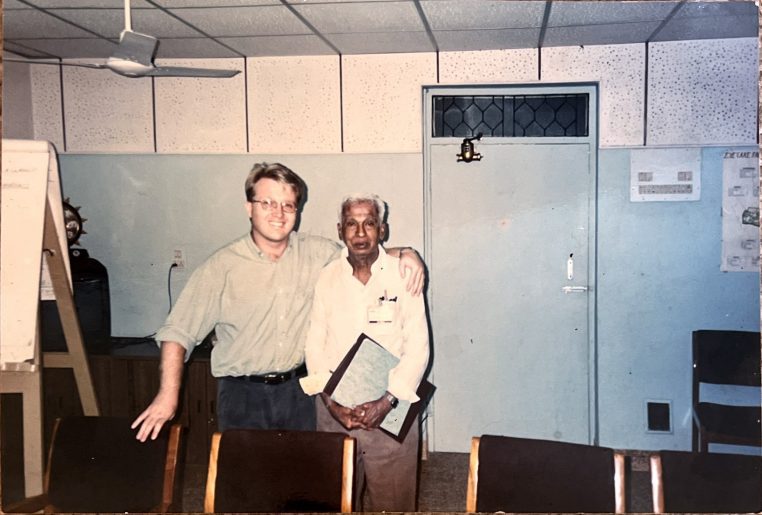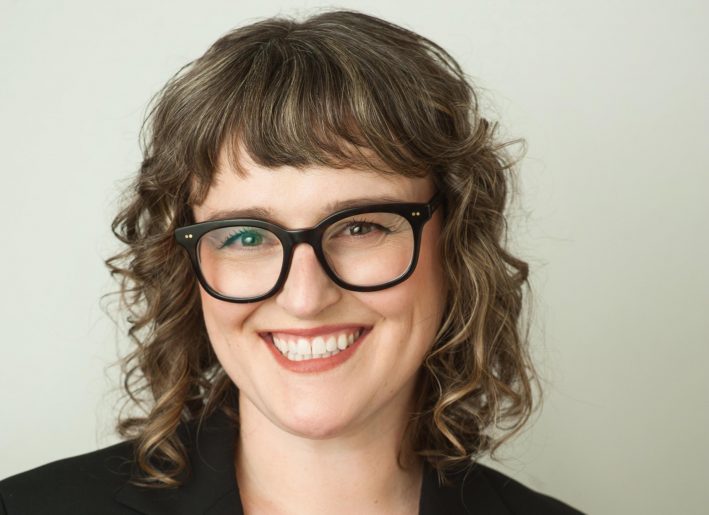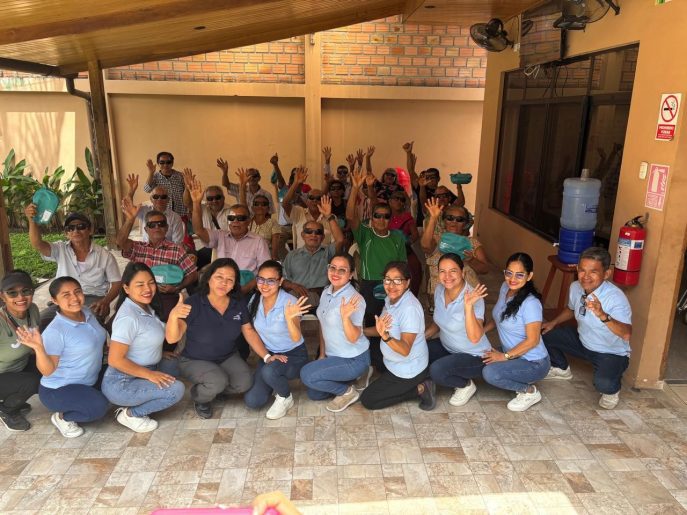A donor who once suffered from a blinding corneal ulcer sent me the following video link.
Here’s the news article about it:
Stem cell breakthrough restores sight to sufferers of corneal disease
27 May 2009
In a world-first breakthrough, medical researchers have used stem cells cultured on a simple contact lens to restore sight to sufferers of blinding corneal disease.
Sight was significantly improved within weeks of the procedure, which is simple, inexpensive and requires a minimal hospital stay.
The research team from UNSW’s School of Medical Sciences harvested stem cells from patients’ own eyes to rehabilitate the damaged cornea. The stem cells were cultured on a common therapeutic contact lens which was then placed onto the damaged cornea for 10 days, during which the cells were able to re-colonise the damaged eye surface.
While the novel procedure was used to rehabilitate damaged corneas, the researchers say it offers hope to people with a range of blinding eye conditions and could have applications in other organs.
A paper detailing the breakthrough appears in the high-impact journal Transplantation this week.
The trial was conducted on three patients; two with extensive corneal damage resulting from multiple surgeries to remove ocular melanomas, and one with the genetic eye condition aniridia. Other causes of cornea damage can include chemical or thermal burns, bacterial infection and chemotherapy.
“The procedure is totally simple and cheap,” said lead author of the study, UNSW’s Dr Nick Di Girolamo. “Unlike other techniques, it requires no foreign human or animal products, only the patient’s own serum, and is completely non-invasive.
“There’s no suturing, there is no major operation: all that’s involved is harvesting a minute amount – less than a millimeter – of tissue from the ocular surface,” Dr Di Girolamo said.
“If you’re going to be treating these sorts of diseases in third world countries all you need is the surgeon and a lab for cell culture. You don’t need any fancy equipment.”
Because the procedure uses the patient’s own stem cells harvested from their eye, it is ideal for sufferers of unilateral eye disease. However, it also works in patients who have had both eyes damaged, Dr Di Girolamo said.
“One of our patients had aniridia, a congenital condition affecting both eyes. In that case, instead of taking the stem cells from the other cornea, we took them from another part of the eye altogether – the conjunctiva – which also harbours stem cells.
“The stem cells were able to change from the conjunctival phenotype to a corneal phenotype after we put them onto the cornea. That’s the beauty of stem cells,” Dr Di Girolamo said.
The therapeutic contact lens used in the trial was of a type commonly used worldwide after ocular surface surgery. However, of the several brands on the market, only one was suitable for growing the stem cells.
“We don’t know why. It’s probably to do with the components the manufacturers have used in that particular lens,” Dr Di Girolamo said.
The researchers are hopeful the technique can be adapted for use in other parts of the eye, such as the retina, and even in other organs. “If we can do this procedure in the eye, I don’t see why it wouldn’t work in other major organs such as the skin, which behaves in a very similar way to the cornea,” Dr Di Girolamo said.
Source: The Medical News



